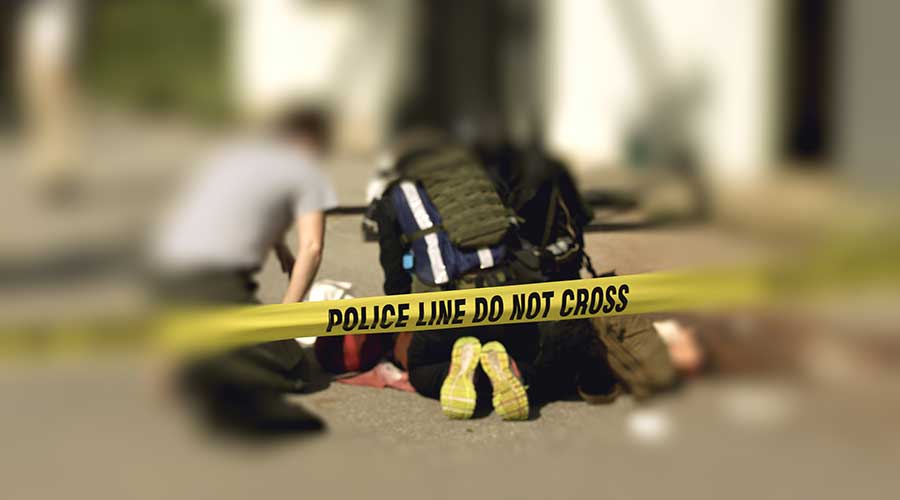Being prepared and ready to respond to the unthinkable is a necessary skill when working in healthcare facilities. These facilities are home to vulnerable patients and critical staff, so protecting them is of the utmost importance. While these scenarios can be harrowing to think about, they need to be actively considered and planned for. These scenarios can come in many dangerous forms such as contagion, fires and natural disasters.
Another possible and threatening scenario is an active shooter such as the recent shooting at a hospital in Atlanta.
On May 2, 2023, a patient turned gunman entered the Northside Hospital Midtown. The alleged gunman had an appointment at the hospital. After reportedly not being prescribed an anti-anxiety medication, the man became disgruntled. According to police, he was only in the facility for about two minutes before opening fire. The incident resulted in one person dying and four others being injured. The man fled from the scene shortly after, causing an hours-long manhunt that ended with his surrender and arrest.
Incidents like these, while unthinkable, are not impossible. Planning for the event of an active shooter is key to effectively responding to the threat. If a healthcare facility is unprepared for this scenario, it could end in a disaster. However, healthcare facilities can plan and prepare for active shooters and other dangerous situations. This type of planning is often called emergency preparedness.
Any emergency preparedness plan, even for active shooters, involves proper training.
According to Randy Braverman of Facility Engineering associates, when an emergency arises, “you go back to the last trainings you had. So, when we do training and we have emergency plans, we have to know those plans and be trained properly. Otherwise, if you have bad training, you are going to go back to that training you had because you're thinking: ‘What I should do?’ If it is bad training, you could be harmed or killed. It is important to have good emergency plans that everybody knows.”
Keeping staff all on the same page for training and safety drills is critical to preventing a disastrous situation from unfolding when danger rears its head.
In addition, there is a plethora of data on these active shooter situations, however, very few ever directly offer insights. These are 10 key insights from Bo Mitchell of 911 Consulting to consider when preparing and planning:
- Almost all incidents are over in eight minutes.
- If police cannot respond in time, then police are not the first responders.
- The shooter is almost always someone known at the facility.
- Amateurs talk emergencies; professionals talk Command, Control, and Communications.
- The state’s fire code requires that the employer alert all occupants that any emergency has started.
- Facility managers are in the 100 percent business when it comes to injuries or deaths.
- Facility managers need a plan.
- Great plans are a smart thing; training is everything.
- There is nothing in local, state or federal law that asks or requires the landlord to create the plan or train occupants.
- Every employer in the U.S. has a duty of care to keep all employees safe at the workplace.
There is a lot to consider when planning for active shooter scenarios or any emergency. However, every bit that is considered is crucial to protecting both staff and patients. While few want to think about these grave dangers, they must not stray away from preparing for it in the event it does happen.
Jeff Wardon, Jr. is the assistant editor for the facilities market.

 Hand, Foot and Mouth Disease on the Rise
Hand, Foot and Mouth Disease on the Rise Preparing for the Hazards of Winter Weather
Preparing for the Hazards of Winter Weather BayCare Reveals Pagidipati Children's Hospital at St. Joseph's
BayCare Reveals Pagidipati Children's Hospital at St. Joseph's Why Identity Governance Is Becoming a Facilities Management Issue
Why Identity Governance Is Becoming a Facilities Management Issue Habitat Health Opens South Los Angeles PACE Center
Habitat Health Opens South Los Angeles PACE Center